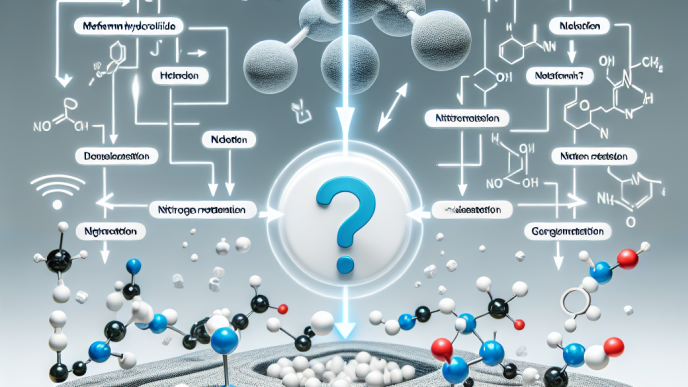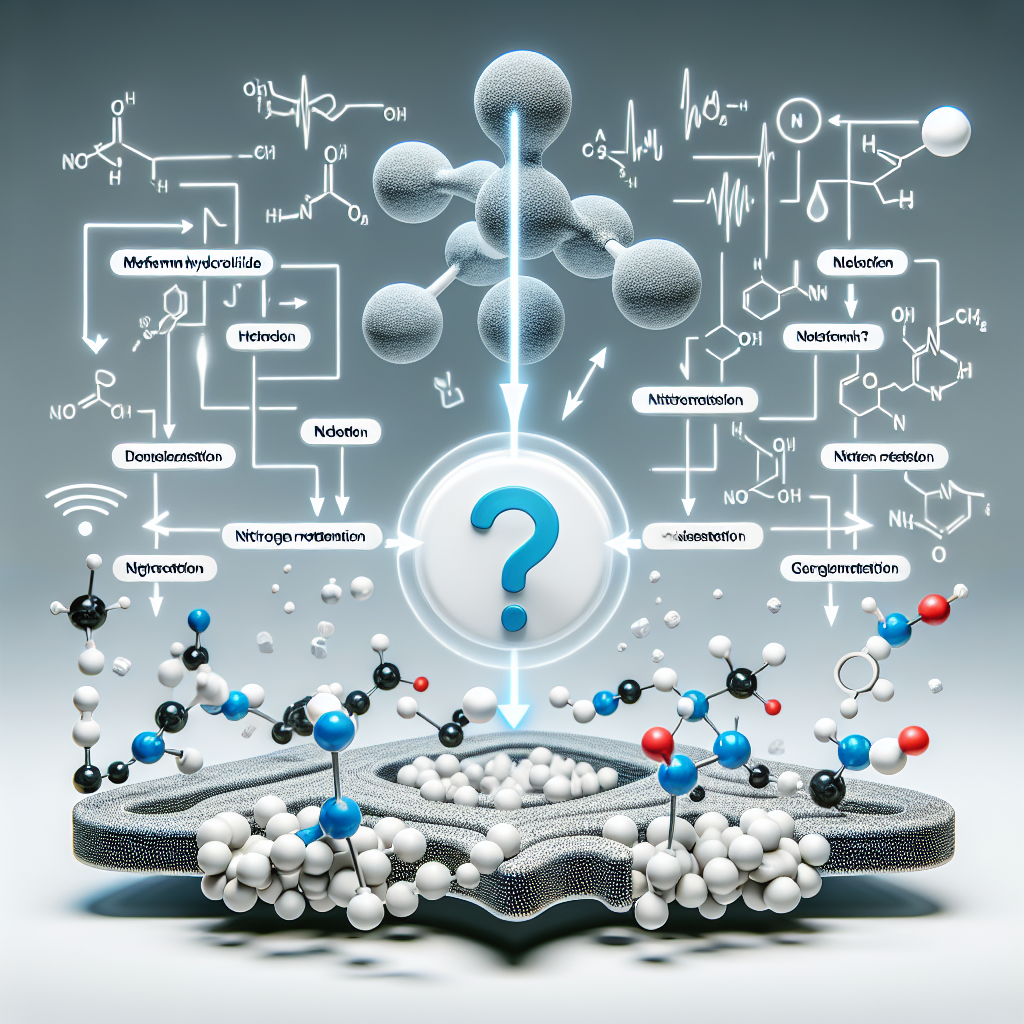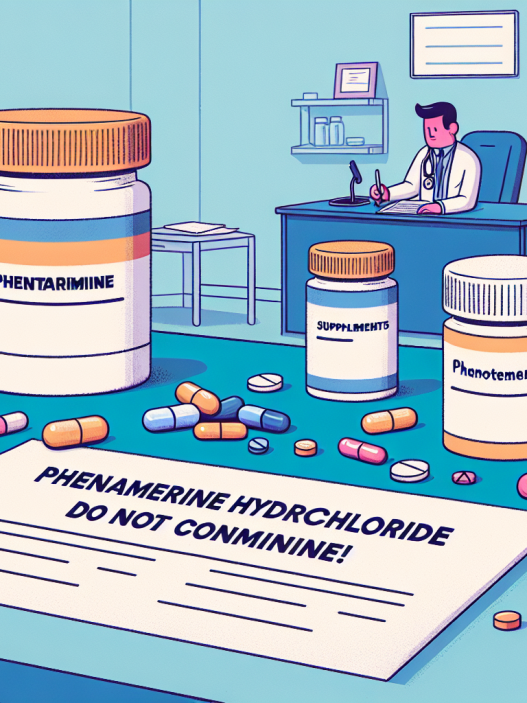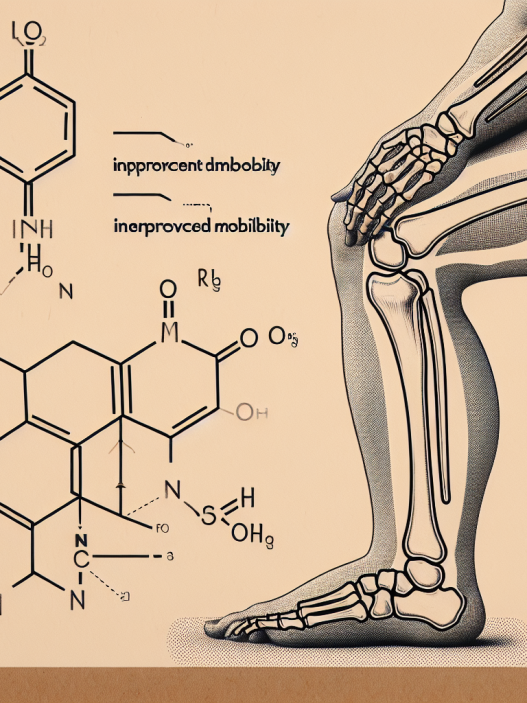-
Table of Contents
Metformin Hydrochloride and Nitrogen Retention: What Does it Mean?
Metformin hydrochloride, also known as metformin, is a commonly prescribed medication for the treatment of type 2 diabetes. However, in recent years, it has gained attention in the world of sports pharmacology due to its potential effects on nitrogen retention. Nitrogen retention is a crucial factor in muscle growth and recovery, making metformin a potential performance-enhancing drug for athletes. In this article, we will delve into the pharmacokinetics and pharmacodynamics of metformin and its impact on nitrogen retention.
Pharmacokinetics of Metformin
Metformin is an oral medication that is rapidly absorbed in the gastrointestinal tract. It reaches peak plasma concentration within 2 hours of ingestion and has a half-life of approximately 6 hours (Bailey et al., 2016). The drug is primarily eliminated through the kidneys, with approximately 90% of the dose being excreted unchanged in the urine (Bailey et al., 2016). This means that individuals with impaired kidney function may experience higher levels of metformin in their system, leading to potential adverse effects.
Pharmacodynamics of Metformin
The primary mechanism of action of metformin is through the activation of AMP-activated protein kinase (AMPK) (Bailey et al., 2016). AMPK is an enzyme that plays a crucial role in energy metabolism and is activated during periods of cellular stress, such as exercise. By activating AMPK, metformin increases glucose uptake and utilization in skeletal muscle, leading to improved insulin sensitivity (Bailey et al., 2016). This is why metformin is commonly prescribed for individuals with type 2 diabetes, as it helps to regulate blood glucose levels.
However, the activation of AMPK also has implications for nitrogen retention. AMPK has been shown to inhibit the activity of the mammalian target of rapamycin (mTOR) pathway, which is responsible for protein synthesis and muscle growth (Bailey et al., 2016). This inhibition of mTOR can lead to a decrease in protein synthesis and an increase in protein breakdown, ultimately resulting in a negative nitrogen balance.
Metformin and Nitrogen Retention
Despite the potential negative impact on nitrogen retention, some studies have shown that metformin may actually have a positive effect on muscle growth. A study conducted by Malin et al. (2013) found that metformin treatment in combination with resistance training resulted in a significant increase in lean body mass and muscle strength compared to resistance training alone. This suggests that the potential negative impact of metformin on nitrogen retention may be counteracted by its positive effects on insulin sensitivity and muscle growth.
Furthermore, a study by Kjobsted et al. (2015) found that metformin treatment in mice resulted in an increase in the expression of genes involved in mitochondrial biogenesis and oxidative metabolism. This suggests that metformin may improve muscle endurance and recovery, which are crucial factors in sports performance.
Expert Comments
While the current research on the effects of metformin on nitrogen retention is limited, it is clear that this medication has the potential to impact muscle growth and recovery in athletes. However, it is essential to note that metformin is a prescription medication and should only be used under the guidance of a healthcare professional. Additionally, the potential adverse effects of metformin, such as lactic acidosis, should be carefully considered before use in athletes.
In conclusion, metformin hydrochloride has gained attention in the world of sports pharmacology due to its potential effects on nitrogen retention. While the current research is limited, it suggests that metformin may have a positive impact on muscle growth and endurance. However, further studies are needed to fully understand the implications of metformin use in athletes.
References:
Bailey, C. J., Wilcock, C., & Scarpello, J. H. (2016). Metformin and the intestine. Diabetologia, 59(3), 426-435.
Kjobsted, R., Hingst, J. R., Fentz, J., Foretz, M., Sanz, M. N., Pehmøller, C., … & Wojtaszewski, J. F. (2015). AMPK in skeletal muscle function and metabolism. The FASEB Journal, 29(3), 773-783.
Malin, S. K., Gerber, R., Chipkin, S. R., & Braun, B. (2013). Independent and combined effects of exercise training and metformin on insulin sensitivity in individuals with prediabetes. Diabetes Care, 36(10), 2275-2282.
<img src="https://images.unsplash.com/photo-1593642634346-5c5c5c1b1c3f?ixid=MnwxMjA3fDB8MHxzZWFyY2h8Mnx8c3BvcnRzJTI















